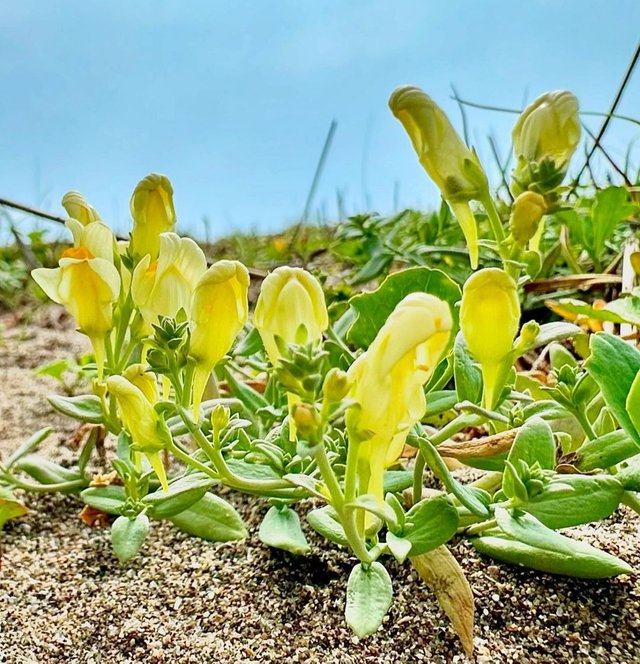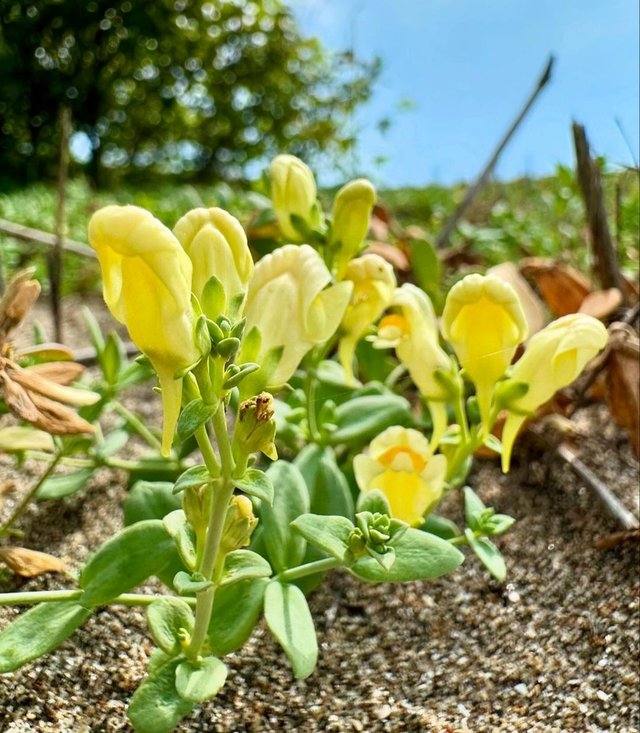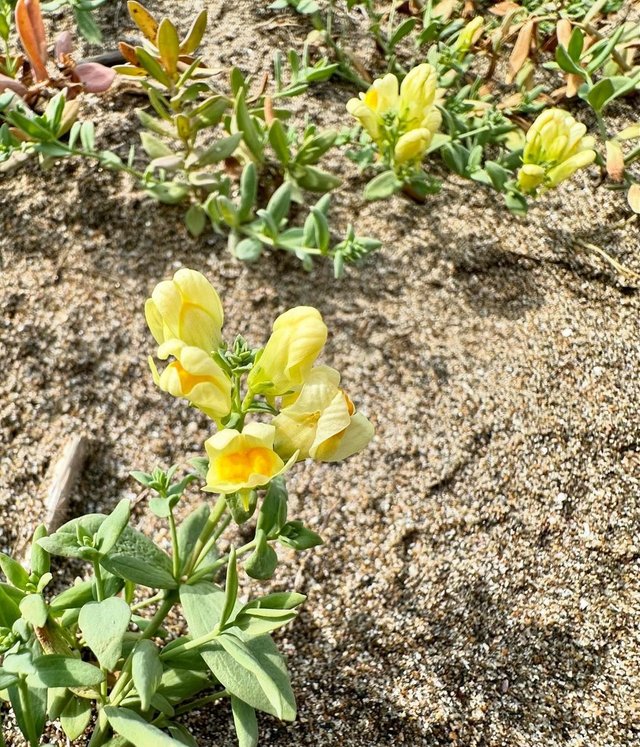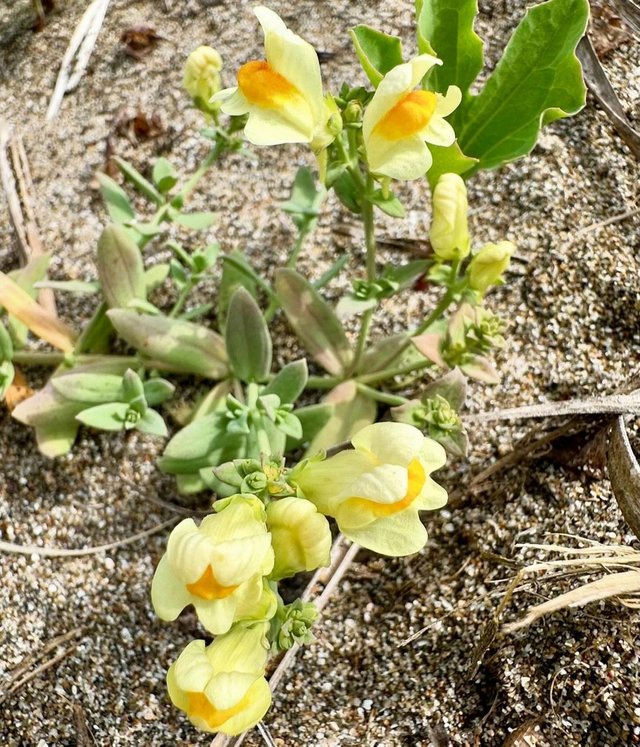Yellow Toadflax Flower Wonderful
Yellow Toadflax: An Invasive Beauty with a Complex History
Yellow toadflax, also known as butter-and-eggs, is a plant that captivates with its vibrant yellow and orange flowers, yet simultaneously raises concerns due to its invasive nature. This perennial herb, originally native to Europe and Asia, has a long and storied history that intertwines with human agriculture, horticulture, and ecology.
Botanical Description
Yellow toadflax is a member of the Plantaginaceae family, though it was formerly classified under the Scrophulariaceae family. The plant grows 1 to 3 feet tall, with slender, erect stems that branch out near the top. The leaves are narrow, lance-shaped, and bluish-green, resembling those of grasses. The most striking feature of yellow toadflax is its flowers, which bloom from late spring to early autumn. The flowers are snapdragon-like, with a two-lipped corolla that is bright yellow with an orange center, resembling the yolk of an egg, hence the common name "butter-and-eggs."
The plant reproduces both by seed and vegetatively through its extensive root system. Each plant can produce thousands of seeds, which are small, winged, and capable of being dispersed by wind. Its roots, which can grow several feet deep and spread horizontally, enable it to regenerate from small root fragments, making it particularly difficult to eradicate once established.
Historical Context
Yellow toadflax was introduced to North America in the 17th century by European settlers, who valued it for its ornamental beauty and its use as a medicinal plant. In traditional medicine, it was used to treat a variety of ailments, including jaundice, liver disease, and skin conditions. Its vivid flowers also made it a popular choice for garden plantings.
However, it wasn’t long before yellow toadflax escaped cultivation and began to spread into the wild. The plant found the disturbed soils of roadsides, fields, and pastures to be particularly hospitable. By the 19th century, yellow toadflax had become a common sight across much of the United States and Canada, particularly in the western regions where it thrived in the dry, open landscapes.





You've got a free upvote from witness fuli.
Peace & Love!